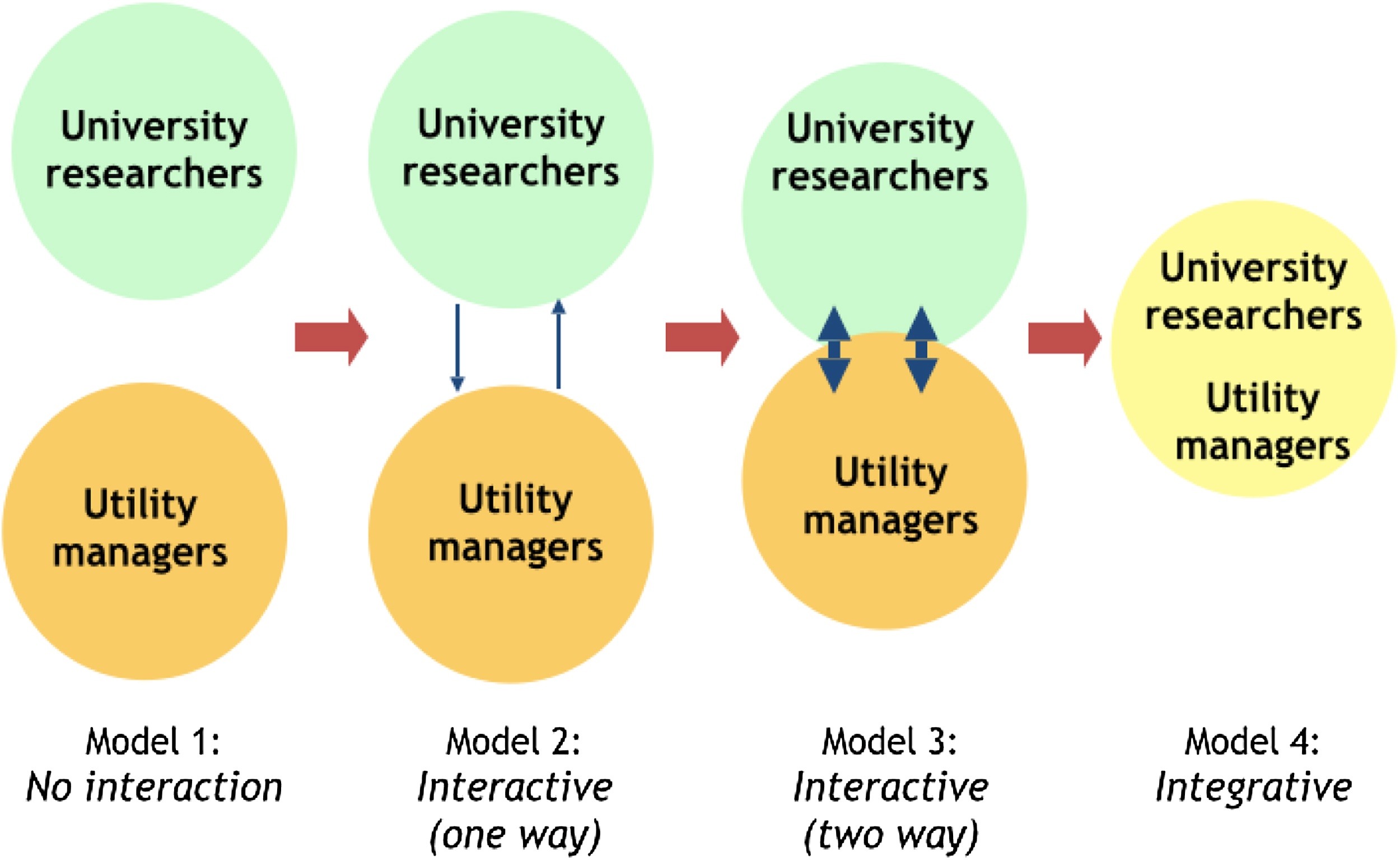Elsevier, Pediatric Clinics of North America, Volume 63, 1 December 2016
Lesbian, gay, bisexual, transgender (LGBT), and questioning youth represent a diverse population who are affected by many sexual health inequities, including increased risk for human immunodeficiency virus (HIV) and sexually transmitted infections (STIs). To provide comprehensive sexual health care for LGBT youth, providers should set the stage with a nonjudgmental, respectful tone. Providers should be competent in recognizing symptoms of STIs and HIV and aware of the most up-to-date screening guidelines for LGBT youth.
Elsevier,
Urban Forestry and Urban Greening, Volume 20, 1 December 2016
Aquaponics is an innovative smart and sustainable production system for integrating aquaculture with hydroponic vegetable crops, that can play a crucial role in the future of environmental and socio-economic sustainability in smart cities. These cities aim mobilize all knowledge centers and Information and Communication Technologies (ICT) into innovation hubs in order to strengthen the socio-economic progress.
Elsevier, Chem, Volume 1, 10 November 2016
[Figure presented]Profs. Nik Kaltsoyannis and Steve Liddle joined the University of Manchester School of Chemistry in 2015 as co-directors of the Centre for Radiochemistry Research after having previously held chairs at, respectively, University College London and the University of Nottingham. They are also heads of computational and inorganic chemistry, respectively. Each has published ∼150 research articles, reviews, and book chapters and has extensive experience in f-element chemistry. Prof.
Elsevier, Sustainable Cities and Society, Volume 27, 1 November 2016
The detection of pharmaceuticals and endocrine disrupting compounds (EDCs), known as emerging contaminants (ECs), in the environment has attracted growing concern due to their toxicity and potential hazard to the ecosystems and humans. These contaminants are consumed at high quantities worldwide and they are released deliberately or accidentally into the water resources. The conventional treatment technologies that use biological processes cannot effectively remove these contaminants.
Elsevier, Sustainable Cities and Society, Volume 27, 1 November 2016
London's ability to remain a world-leading city in an increasingly globalised economy is dependent on it being an efficient, low-risk place to do business and a desirable place to live. However, increasing climate risk from flooding, overheating and water scarcity threatens this, creating the need for adaptation. An adaption pathway describes a structured sequence of adaptation decisions that are designed to manage climate risk in a wide range of possible future conditions.
Elsevier, Sustainable Cities and Society, Volume 27, 1 November 2016
This study sought to assess the relationship between regulatory and educational approaches to nutrient management and homeowner behaviors, perceptions, and knowledge of best management practices (BMPs). Fertilizers, and pesticides applied in excess by homeowners and landscapers can impair stormwater ponds and cause nuisance algae blooms, eutrophication and fish kills. They can also affect water quality in downstream creeks, and bays.
Elsevier, Sustainable Cities and Society, Volume 27, 1 November 2016
In the face of intensifying stresses such as climate change, rapid urban population growth, land use change, and public concern with rates and use restrictions, water management is becoming increasingly complex in the cities of the American West. One strategy to improve water management practices in this changing social-ecological context is to develop collaborative relationships that facilitate the engagement of multiple stakeholders at multiple scales.
Elsevier, Sustainable Cities and Society, Volume 27, 1 November 2016
Ensuring future water security requires broad community support for changes in policy, practice, and technology, such as those involved in delivering alternative water schemes. Building community support for alternative water sources may involve a suite of engagement activities, ranging from information campaigns, through to grassroots and participatory approaches. There is increasing recognition that ‘social capital’—the degree of social connectedness, trust, and shared values within a community—is important for building support for pro-environmental policies.
Elsevier, Water Resources and Rural Development, Volume 8, 1 November 2016
Access to water in Sub-Saharan Africa (SSA) continues to be a challenge to the extent that there are more people without access to water in 2015 than in 1990. This indicates that current approaches to water provision have been ineffective. Governments have failed to provide a structure, mechanisms or approaches that guarantee water for ALL, resulting in a vacuum which has been ‘filled’ by a number of social actors (NGOs, Faith Based Organisations, Donors).
Elsevier, Transportation Research Part C: Emerging Technologies, Volume 72, 1 November 2016
Automated vehicles represent a technology that promises to increase mobility for many groups, including the senior population (those over age 65) but also for non-drivers and people with medical conditions. This paper estimates bounds on the potential increases in travel in a fully automated vehicle environment due to an increase in mobility from the non-driving and senior populations and people with travel-restrictive medical conditions.

